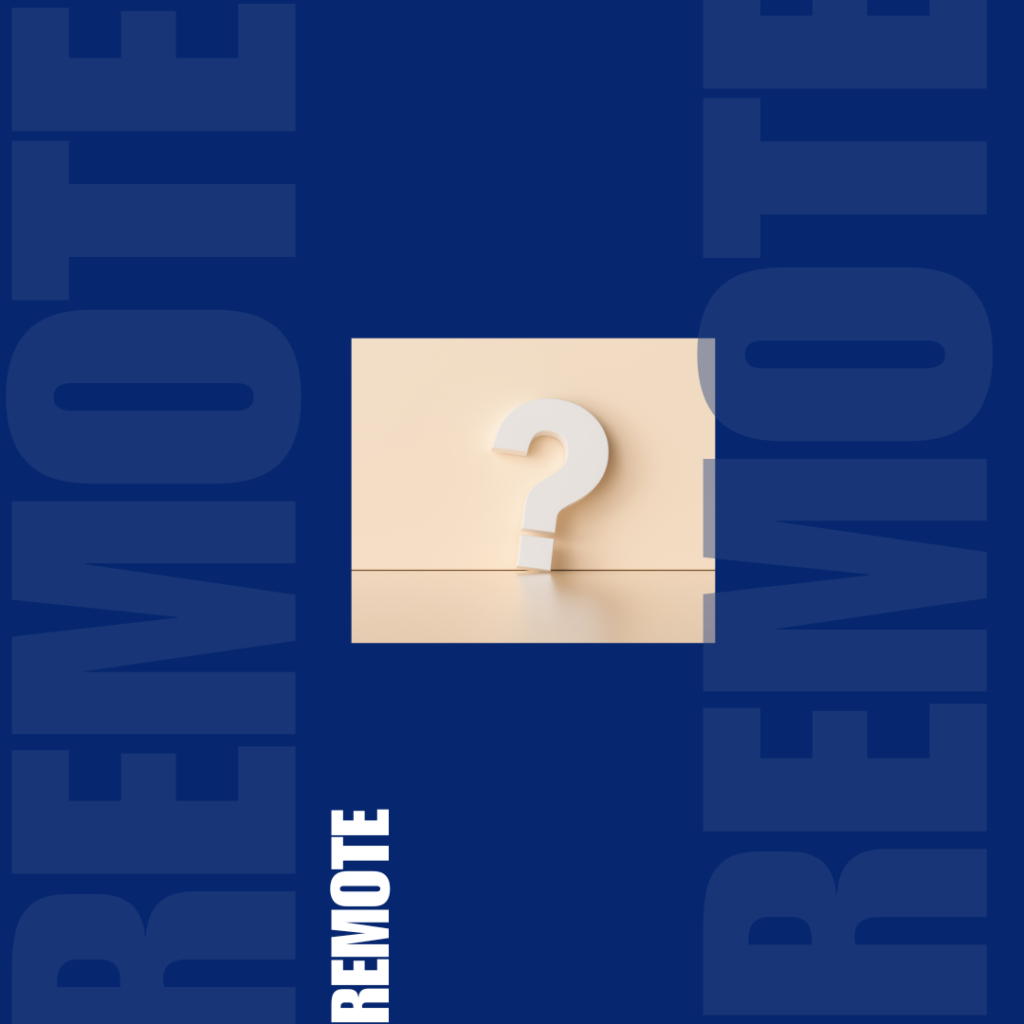
Employee Personality Types: How to Adapt Your Management Style
One Size Doesn’t Fit All
Let’s be honest. Managing people is hard — not because of KPIs, but because people are different. What works for one employee will frustrate another. Some thrive under structure. Others hate it. Some need constant feedback. Others prefer space. That’s why understanding personality types isn’t “nice to have.” It’s essential.
If you want people to stay, grow, and trust you, your leadership must flex. Not everyone needs the same kind of leader. Great managers learn to shift their approach based on who’s in front of them.
The Analytical Thinker vs. The Emotional Creator
We all know these two. The analytical type is driven by logic, data, and clarity. They want details. They need a plan. Surprises stress them out. If you’re vague, they’ll lose confidence in you.
Now flip it. The creative-emotional type works through feeling, inspiration, and mood. They hate micro-control. Give them a spreadsheet and they’ll freeze. But give them freedom — and they’ll fly.
Same goal, two different paths. The thinker wants bullet points. The creative wants vision. As a manager, you don’t change the destination. You change the conversation.
The Quiet Doer vs. The Loud Driver
Let’s talk about energy. Some team members are low-key performers. They get the job done quietly, no drama, no noise. They don’t fight for attention. But they notice everything. They value respect, stability, and clear expectations.
Then there’s the alpha type — vocal, fast, confident, often impatient. They push others. They challenge authority. They want growth and recognition.
Both are valuable, but managing them takes different skills. The quiet doer might burn out if ignored. They won’t ask for help — you’ll have to notice. The loud driver? If you box them in, they’ll either explode or leave. They need autonomy with accountability.
Great managers don’t try to “balance” these personalities. They understand what fuels each one — and lead accordingly.
Why Labels Aren’t Everything — But Awareness Is
Sure, there are tools like MBTI, DISC, or Big Five. They’re helpful for language and structure. But real life is messier. People don’t always fit into boxes. Someone can be introverted but assertive. Or emotionally expressive but detail-driven.
So forget trying to label everyone. Instead, watch how people react under stress. That’s when the real personality shows up.
Do they get quiet or defensive? Do they ask for help or try to do it all themselves? Do they over-communicate or go silent? These patterns tell you what they need from you as a leader.
Management is not about controlling the team. It’s about reading the room and responding with intention.
Adaptive Leadership Builds Trust
People don’t quit jobs. They quit managers who don’t get them. Or worse — managers who treat everyone the same.
Adapting your leadership doesn’t mean becoming fake. It means being emotionally intelligent enough to meet people where they are. It means adjusting how you give feedback, how you delegate, how you run meetings.
You don’t talk to your head of operations the same way you talk to your junior designer. You shouldn’t. Because they have different personalities, pressures, and preferences.
And here’s the reward: when employees feel seen and understood, they engage more deeply. They perform better. They bring their real selves to work — and that’s where the magic happens.
Final Thought: Learn Their Language
You don’t have to be a psychologist to manage well. But you do need curiosity. Ask. Listen. Observe. Be humble enough to shift your approach when it’s not landing. Your job isn’t to change your team. It’s to lead them — as they are.
Adapting to personality types doesn’t make you weaker. It makes you effective. It makes you human.
And in the end, human leadership is what makes teams work.

